Minky fabric is a luxurious, soft material requiring gentle care. Use cold water, mild detergents, and avoid fabric softeners to preserve its plush texture and softness. Proper drying prevents damage, keeping it new.
What is Minky Fabric?
Minky fabric is a soft, plush material made from 100% polyester, known for its luxurious feel and vibrant colors. It is lightweight, durable, and often used in nursery items, blankets, and home decor. The fabric features a smooth, velvety surface and a dense pile, giving it a high loft and exceptional softness. Minky fabric is comparable to fleece or faux fur but offers a unique texture that is both cozy and elegant. It is a popular choice for sewing projects due to its ease of use and versatility. The fabric is available in various patterns and Solid colors, making it ideal for crafting baby blankets, apparel, and decorative items. Its softness and durability have made it a favorite among crafters and consumers alike.
Why Special Care is Necessary for Minky Fabric
Minky fabric requires special care to maintain its softness and prevent damage. High heat can cause fibers to melt or lose their texture, leading to a rough feel. Fabric softeners and harsh detergents can coat the plush fibers, reducing their loft and softness. Additionally, minky fabric is prone to pilling or fuzzing if not washed gently. Proper washing and drying techniques are essential to preserve its appearance and extend its lifespan. Using cold water, mild detergents, and avoiding fabric softeners helps protect the fabric’s integrity. Special care ensures minky fabric remains luxurious and soft, maintaining its appeal and usability for years.
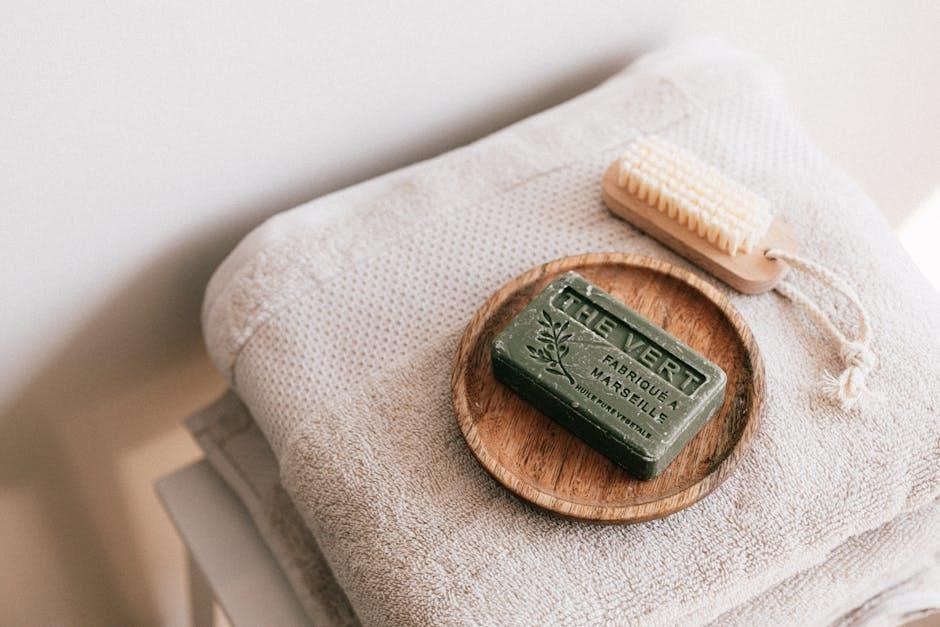
Preparation for Washing Minky Fabric
Before washing, check care labels, treat stains gently, and place fabric in a mesh laundry bag to protect it from damage during the wash cycle.
Checking Care Labels
Always start by examining the care label on your Minky fabric. These labels provide specific instructions tailored to the fabric’s material and weave. They may recommend machine washing on a delicate cycle or hand washing. Some labels might specify whether fabric softeners or bleach can be used. Ignoring these instructions can lead to damage, such as shrinking, fading, or loss of softness. Pay attention to temperature guidelines, as Minky fabric typically requires cold water to maintain its texture. Additionally, some labels may advise against ironing or suggest low-heat drying. Following these guidelines ensures the fabric remains in optimal condition after washing.
Pre-Treatment of Stains
Before washing, inspect the Minky fabric for any stains or soiling. Gently remove loose debris with a soft brush or clean cloth. For minor stains, apply a small amount of mild, dye-free detergent directly to the affected area. Gently work the detergent into the fabric using your fingertips or a clean, damp cloth. Avoid scrubbing too hard, as this can damage the plush fibers. Allow the pre-treatment to sit for about 10 minutes to penetrate the stain. Do not use hot water or harsh chemicals, as they can damage the fabric or cause color bleeding. After pre-treating, proceed with the recommended washing method. This step helps ensure stains are removed without compromising the fabric’s softness or texture.
Using a Mesh Laundry Bag
Placing Minky fabric in a mesh laundry bag before washing is highly recommended to protect it from snagging or fraying. The bag acts as a barrier, preventing direct contact with other fabrics or machine parts that could cause damage. Gently place the Minky fabric inside the bag, ensuring it is not overcrowded, and secure the top. This step is especially important if washing in a machine, as it helps maintain the fabric’s softness and texture. While hand washing is a gentle option, using a mesh bag adds an extra layer of protection. This simple precaution ensures your Minky fabric remains pristine and lasts longer, even after multiple washes.
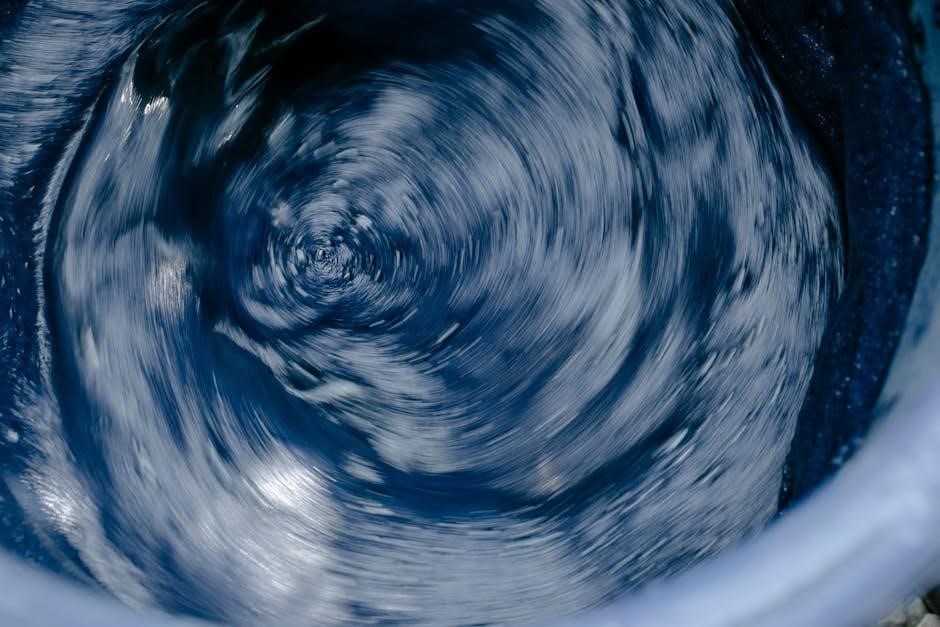
Choosing the Right Detergent for Minky Fabric
Opt for mild, dye-free detergents to maintain Minky fabric’s softness. Avoid fabric softeners, as they can coat fibers and reduce plushness. Natural alternatives like vinegar or baking soda work well.
Mild and Dye-Free Detergents
Mild and dye-free detergents are essential for washing Minky fabric. These detergents gently clean without harsh chemicals, preserving the fabric’s softness and color. Avoid brighteners and heavy fragrances.
Avoiding Fabric Softeners
Fabric softeners should never be used when washing Minky fabric. These products leave a residue on the fabric, reducing its softness and causing fibers to feel sticky or stiff. Over time, this residue can damage the plush texture of Minky, making it less luxurious. Instead of fabric softeners, consider adding a small amount of white vinegar to the rinse cycle. Vinegar naturally softens the fabric without harmful chemicals; This method maintains the fabric’s integrity and prevents buildup. Avoiding fabric softeners ensures Minky remains soft, breathable, and maintains its original quality for longer. Always opt for gentle, residue-free cleaning methods to preserve the fabric’s unique feel.
Natural Alternatives to Commercial Detergents
Natural alternatives to commercial detergents are ideal for washing Minky fabric. White vinegar and baking soda are effective options that gently clean without harsh chemicals. Adding a cup of white vinegar to the rinse cycle helps balance pH levels and removes any residue. For tougher stains, mix baking soda with water to create a paste, applying it directly before washing. These methods are eco-friendly and preserve the fabric’s softness. Avoiding commercial detergents with additives ensures Minky remains plush and vibrant. Natural alternatives are cost-effective and safer for sensitive fabrics, maintaining their quality and extending their lifespan. Always prioritize gentle, chemical-free cleaning methods to protect your Minky fabric.
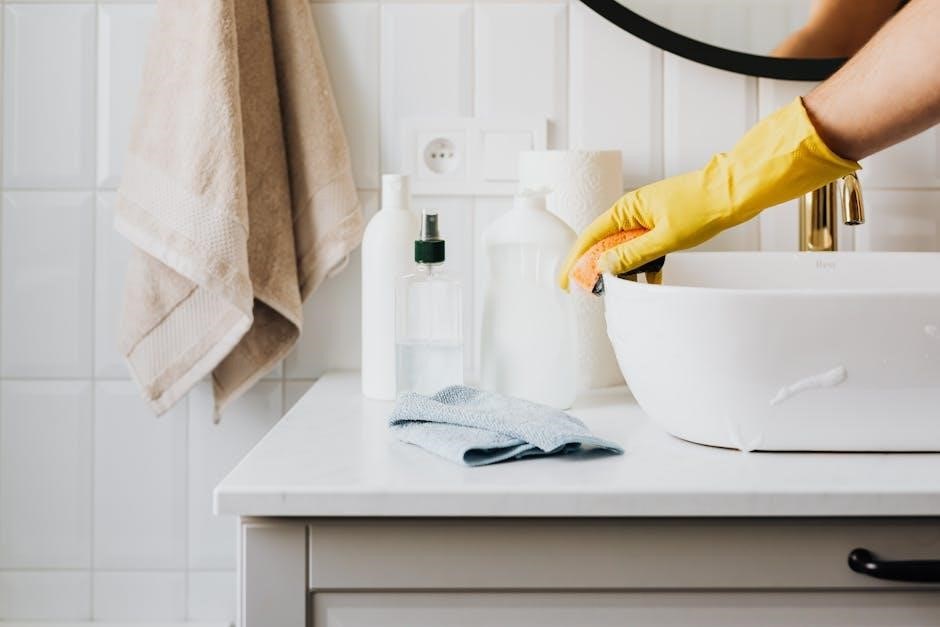
Washing Methods for Minky Fabric
Minky fabric can be machine washed in cold water on a delicate cycle or hand-washed gently. Both methods ensure the fabric remains soft and plush, avoiding damage.
Machine Washing: Cold Water and Delicate Cycle

Machine washing minky fabric requires careful attention to settings. Use cold water to prevent melting fibers and maintain softness. A delicate cycle is essential to avoid damage. Place the fabric in a mesh laundry bag for added protection. Mild, dye-free detergent is recommended to preserve the fabric’s texture. Avoid fabric softeners, as they can leave a residue and reduce softness. After washing, remove promptly to prevent wrinkles. Do not soak minky fabric, as it can cause pilling or fuzzing. Always follow care labels for specific instructions, ensuring the fabric remains plush and durable after each wash.
Hand Washing: A Gentle Approach
Hand washing minky fabric is a gentle and effective method to maintain its softness and texture. Fill a basin with cold water and add a small amount of mild, dye-free detergent. Submerge the fabric, gently agitating it with your hands for 2-3 minutes. Avoid scrubbing or wringing, as this can damage the fibers. Rinse thoroughly in cold water until no soap remains. Gently squeeze out excess water without wringing. Lay the fabric flat on a clean towel, reshaping it to its original dimensions. Allow it to air dry away from direct heat. Avoid soaking the fabric for extended periods, as this can cause pilling or fuzzing. For best results, avoid using fabric softeners, as they can leave a residue. Always check care labels for specific instructions, especially for heavily soiled items. If unsure, spot clean minor stains before washing. This method ensures the fabric remains soft and plush, preserving its quality over time. Reshaping the fabric while damp helps maintain its texture and appearance. For delicate or large items, consider using a mesh laundry bag for added protection during hand washing. Regular hand washing can extend the life of your minky fabric, keeping it looking and feeling like new.

Drying Minky Fabric
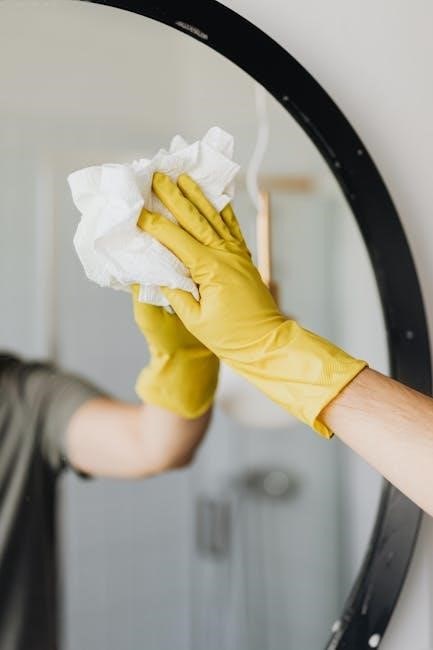
Minky fabric should air dry or tumble dry on low heat. Use wool balls to reduce static. Avoid high heat to prevent fiber damage and maintain softness.
Air Drying: The Recommended Method
Air drying is the best way to preserve minky fabric’s softness and texture. Lay the fabric flat on a clean, dry surface, reshaping it while still damp. Avoid direct sunlight, as it may cause fading. Place it in a well-ventilated area, allowing it to dry naturally. Do not hang minky fabric, as it may stretch or lose shape. Gently fluff the fabric once dry to restore loft. This method prevents damage from heat and maintains the fabric’s plush feel. For faster drying, you can place it in a cool, airy room or use a fan. Air drying ensures minky fabric remains soft and vibrant for years.
Using a Dryer on Low Heat
While air drying is preferred, using a dryer on low heat is an acceptable alternative for minky fabric. Place the fabric in the dryer on the lowest heat setting or a delicate cycle. Remove it while still slightly damp to prevent over-drying, which can cause stiffness. Reshape the fabric gently before allowing it to air dry completely. Using wool dryer balls can help reduce static cling without damaging the fabric. Avoid high heat, as it can melt the fibers and lose softness. Never use fabric softeners or dryer sheets, as they can leave a residue. Low-heat drying preserves minky’s texture better than high heat, ensuring it remains soft and plush.
Reshaping and Fluffing During Drying
Reshaping and fluffing minky fabric during the drying process is crucial to maintain its softness and texture. After washing, gently remove excess water without wringing. Lay the fabric flat on a clean towel, reshaping it to its original dimensions. Fluff the fibers with your hands or a soft brush to restore loft. For air drying, hang it over a sturdy line or drying rack, ensuring even airflow. If using a dryer, remove the fabric while slightly damp and fluff thoroughly. Regular reshaping prevents wrinkling and keeps the fabric plush. Proper handling during drying ensures minky retains its luxurious feel and appearance, avoiding flatness or pilling.
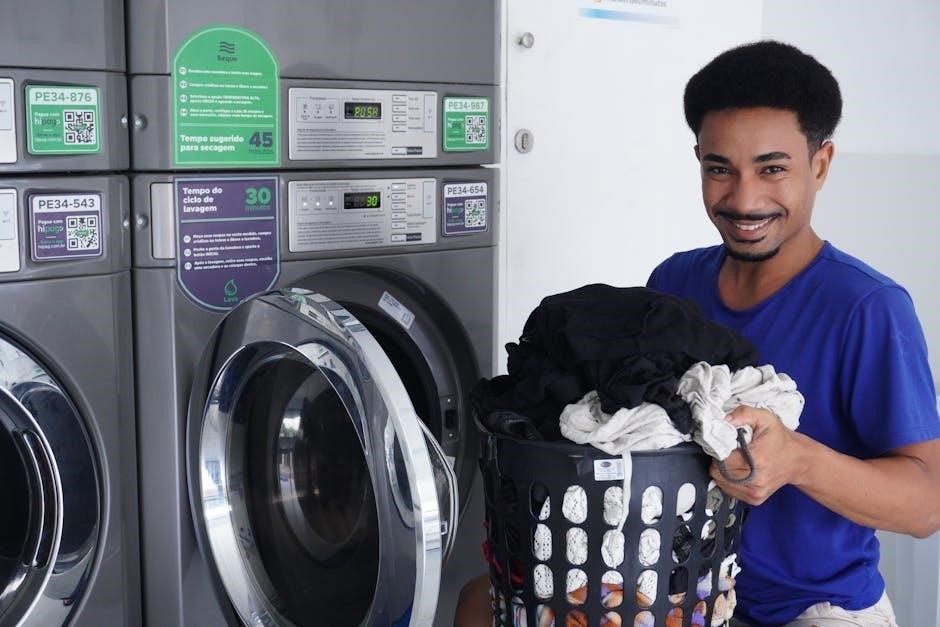
Common Mistakes to Avoid When Washing Minky Fabric
Common mistakes include using hot water, fabric softeners, and high heat, which can damage fibers, cause pilling, or reduce softness. Avoid these to maintain minky’s quality.
Using Hot Water or High Heat
Using hot water or high heat when washing or drying minky fabric can cause irreversible damage. Hot water may melt the fibers, leading to a loss of softness and texture. High heat in dryers can shrink the fabric, distort its shape, or cause pilling. Excessive heat also weakens the fabric’s integrity, making it prone to fraying or tearing. To preserve minky’s luxurious feel, it’s essential to stick to cold water and low-heat settings. Air drying is the safest method to avoid heat-related damage. Always avoid exposing minky to high temperatures to maintain its softness and extend its lifespan. Proper care ensures it remains plush and vibrant.
Adding Fabric Softeners
Fabric softeners are highly detrimental to minky fabric. These products leave a residue on the fibers, reducing their softness and causing them to feel stiff or sticky. Over time, this residue can build up, making the fabric less breathable and diminishing its plush texture. Fabric softeners can also interfere with the fabric’s natural moisture-wicking properties, leading to discomfort in garments. Additionally, they may attract dust and dirt, shortening the fabric’s lifespan. To maintain minky’s softness and performance, it’s crucial to avoid fabric softeners entirely. Instead, opt for mild, dye-free detergents that gently clean without leaving harmful residues. This ensures the fabric remains soft, breathable, and retains its original quality for years to come.
Ironing Minky Fabric
Ironing minky fabric is generally not recommended, as high heat can damage its plush fibers. If necessary, use a low heat setting and place a cloth or parchment paper over the fabric to protect it from direct heat. Iron while the fabric is slightly damp, but avoid applying pressure to prevent flattening the texture. Never use steam, as it can cause irreversible damage. Following these precautions helps preserve the fabric’s softness and appearance. Proper care ensures minky fabric remains luxurious and intact for years.

Maintenance and Storage Tips for Minky Fabric
Store minky fabric in a cool, dry place, away from direct sunlight. Gently fold or hang to maintain softness. Avoid damp environments to prevent mildew growth.
Proper Storage to Preserve Softness
To maintain the softness of minky fabric, store it in a cool, dry place away from direct sunlight. Fold the fabric neatly to avoid stretching or creasing. Use a breathable storage bag or wrap it in tissue paper to protect from dust and moisture. Avoid storing in plastic bags, as they can trap humidity and cause mildew. For long-term storage, consider placing the fabric in a drawer or on a shelf in a temperate environment. Ensure the storage area is well-ventilated to prevent odors. Avoid compressing the fabric tightly, as this can flatten its plush texture; Regularly check on stored items to ensure they remain fresh and soft.
Spot Cleaning for Minor Stains
For minor stains on minky fabric, gently blot the area with a clean, damp cloth to remove surface dirt. Avoid rubbing, as this can damage the fibers. For tougher stains, apply a small amount of mild, dye-free detergent directly to the spot. Let it sit for a few minutes before rinsing with cold water. Do not soak the fabric, as this can lead to pilling or fuzzing. Once cleaned, pat the area dry with a soft towel. If using a blow dryer, ensure it’s on a low heat setting to prevent damage. Spot cleaning is an effective way to maintain the fabric’s appearance without the need for full washing. Regular spot cleaning can extend the life of your minky fabric and keep it looking its best.
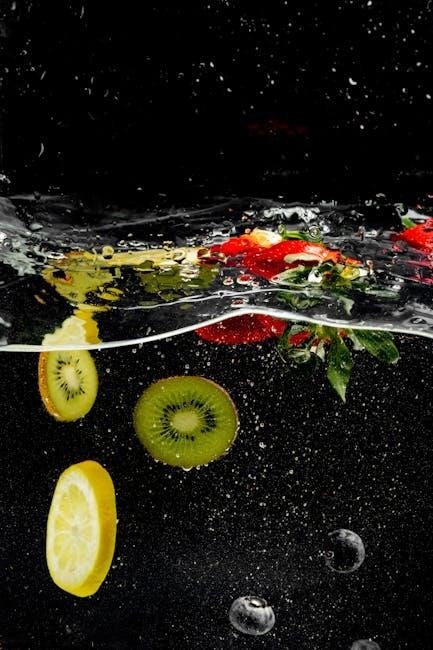
Troubleshooting Common Issues
Common issues include pilling, fuzzing, or static cling. Avoid high heat and fabric softeners to prevent damage. Use wool balls in dryers for static reduction and softness retention.
Fixing Pilling or Fuzzing
Pilling or fuzzing on minky fabric can be addressed by gently removing loose fibers with a lint roller or a fabric shaver. Avoid using harsh chemicals or abrasive materials, as they may damage the fabric further. Washing minky in cold water with a mild detergent and avoiding fabric softeners can help prevent pilling. If fuzzing occurs, air drying or using a low-heat dryer with wool balls can reduce static cling and restore softness. Regular maintenance, such as spot cleaning and proper storage, also helps maintain the fabric’s texture and appearance over time.
Restoring Softness After Washing
To restore minky fabric’s softness after washing, avoid high heat and fabric softeners. Air drying is ideal, as it preserves the plush texture. If using a dryer, select low heat and add wool balls to reduce static and fluff fibers. Mild detergents and cold water prevent stiffness. For extra softness, gently shake the fabric while wet or use a soft brush to align fibers. Proper storage in a cool, dry place also maintains softness. Regular care ensures minky remains luxurious and comfortable, extending its lifespan and quality.